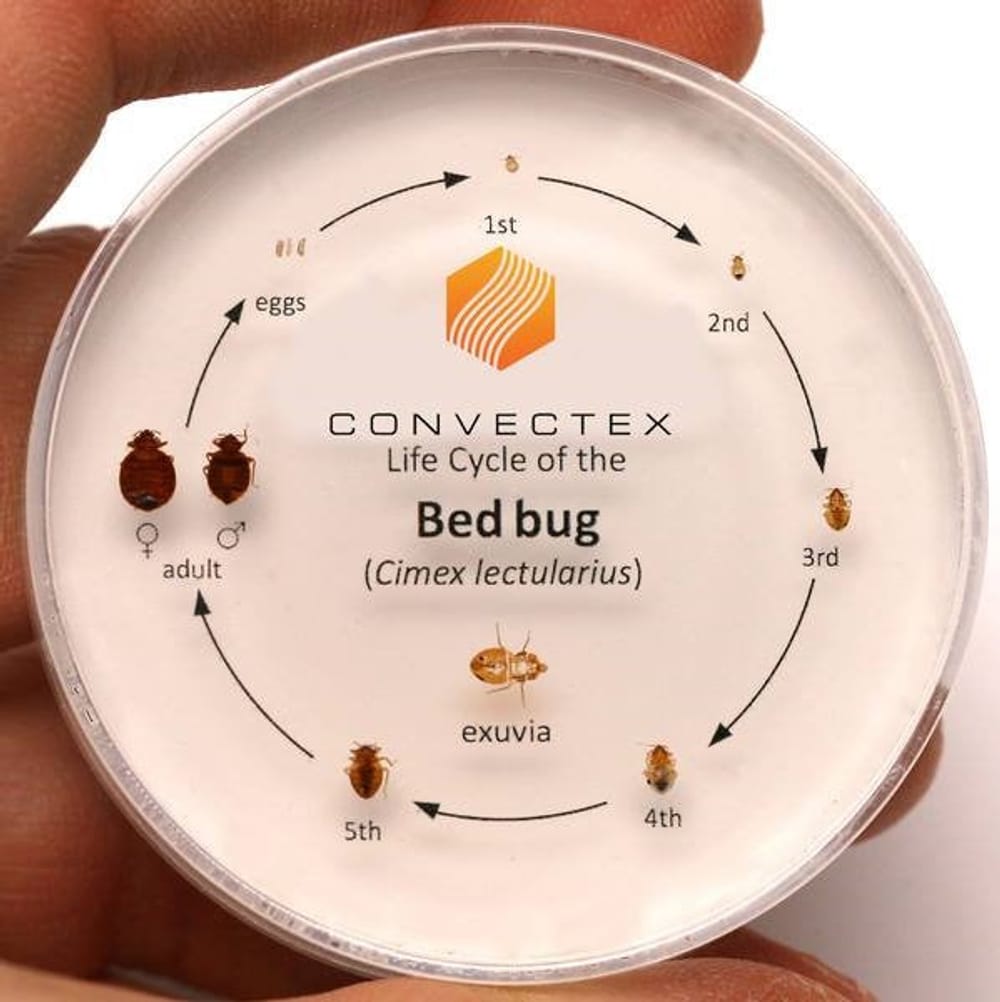Finding a bed bug infestation as soon as possible is key in being able to perform a QUICK and EFFECTIVE heat treatment. Treating a minor infestation requires less time and is easier to treat then after the infestation becomes more widespread. Therefore, professional exterminators highly encourage proactive inspections for all hospitality, multifamily and commercial clients.
Here are a few tips to perform a simple bed bug inspection of your home, business, or hotel/motel room:
Signs of a Bed Bug Infestation


One way to identify a possible infestation is to look for physical signs of bed bugs. When cleaning, changing bedding, or spending the night away from home look for these signs of bed bugs:
- Blood and fecal spots - Rusty red/brown stains and dark spots on bed sheets and mattress. Sometimes these stains are described as looking like ink spots.
- Live bed bugs – usually found around the ribbing of a mattress or under bedding.
- Skin castings – Bed bugs shed their skin before each growth stage. These discarded shells can be found by inspecting in and around the bed area.
- Bites – If you have stayed in a new place and wake with bites call management immediately. Bed bug bites are usually found in groups of 3 on the hands, face, limbs, neck and back.
Where Bed Bugs Hide

Bed bugs like to hide in a variety of places including, but not limited to the bed. Checking a room for bed bugs should include any other soft furniture around the room and around the floor/walls near the bed.
If a room is heavily infested, you may find bed bugs:
- In the seams of chairs, couches and bedding. Look in between cushions and in curtains.
- In the joints of drawers and other furniture around the room.
- In electrical outlets and appliances.
- Under loose wall paper and behind wall decorations
- Under flooring – often seen around the edge of the room where the carpet touches the wall.
Bed Bug Habits
Understanding how bed bug behave will help you find and treat an infestation. This knowledge will also help you monitor a room for the presence of bed bugs after a treatment has been applied.
- Feeding – Bed bugs have been known to travel 5-20 ft. from their “home” to feed on a host. Bed Bugs primarily feed at night, but they have been known to come out during the day as well and can remain active around the clock. A single feeding can take between 3-12 minutes.
- Life Cycle – Bed bugs must have at least 1 blood meal before developing to the next stage. Each stage required the molting of their outer skin. Each female may lay 1-3 eggs per day and up to 500 eggs in her lifetime.
- Living Conditions – Bed bugs can survive and remain active in temperatures as low as 46 degrees F, but they die at just 113 degrees F. Bed bugs can be found anywhere where a blood host can be found – that means homes, businesses, stores, public transportation, and public spaces.

If you would like more information about identifying and treating structures for bed bugs contact CONVECTEX and sign up for our next training day. Convectex offers everything you need to kill bed bugs with heat! Just push in the plugs on our easy to use heaters and kill the bugs FAST! It’s really that easy when you use Convectex Bed Bug Heaters! Call us today for more info at 877-375-0005!

